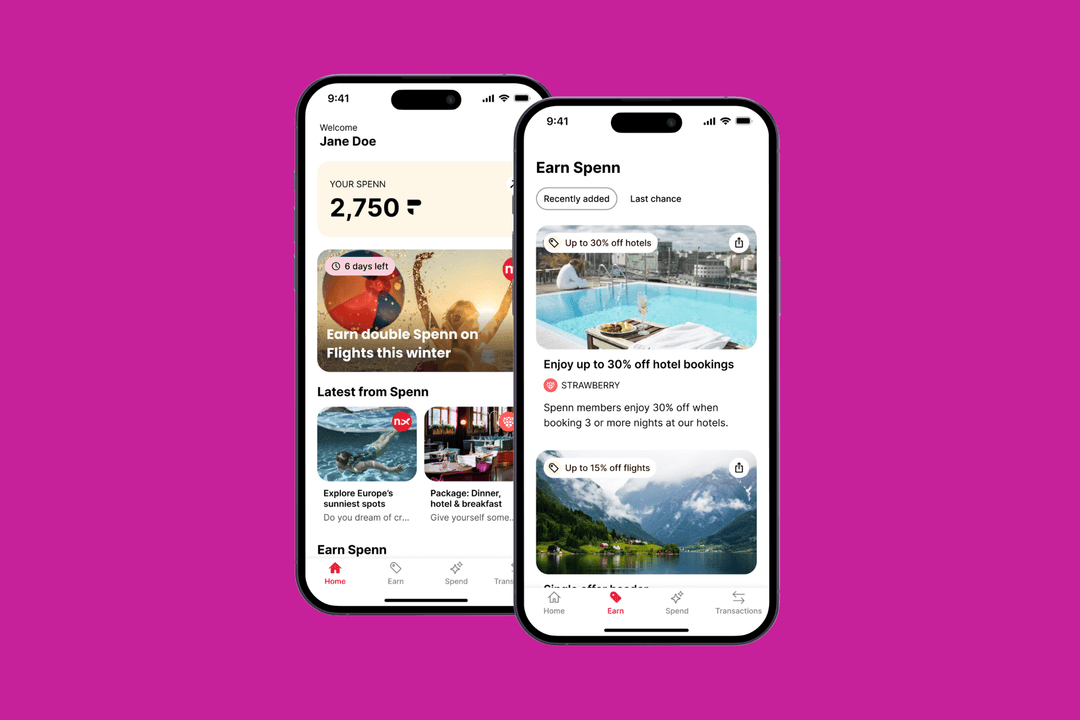Drowning in data: How to take control
by Matt Rooke-Content Marketing Manager|Thu Oct 20 2022
We’ve all heard the cliches about how every business should be built on solid data and mathematician Clive Humby’s quote about ‘data being the new oil’ has been used many times over.
None of that is wrong. The problem is it’s only half the story.
Humby goes on to say, ‘like oil, data is valuable, but if unrefined it cannot really be used.’ The second part of that quote is actually the useful bit, because businesses now hold more data than ever before, but many struggle to get any meaningful value or insight from it.
So what’s the solution?
You vs data: Who’s really in control?
The challenge when it comes to data is scale. There is simply too much of it.
Whatever you’re looking for from your data, you want to skip through the noise and go straight to what you need. But the more you have, the harder this becomes. If this all sounds familiar, there’s a good chance you too are drowning in data. So can you get back in the driving seat?
1. Does quantity threaten quality?
Let’s pretend for a moment that you want to set up a reporting dashboard for the support team of your mobile app. Live updates are vital if you want to resolve bugs and outages quickly. So far, so good.
But what happens if your support team also gets live updates on user interaction data, new app ratings or which screens or pages are most popular today?
The problem being, the more non-urgent notifications you get, the harder it is to spot the urgent ones. The key challenge for any dashboard is making the data which can drive insight as accessible as possible.
What you can do
Any live dashboards or notifications should focus strictly on the most urgent information. If you can’t get what you need at a glance, you might need a more customised platform.
2. Is your data stuck?
In the world of cloud computing and Software-as-a-Service (SaaS) products, there are a myriad of platforms through which data can be collected, stored and accessed. This can make it difficult to get the complete picture.
Apadmi recently worked with a customer with this exact issue. The marketing team collected data on the performance of its Google Ads, website and email marketing campaigns, each siloed with their own platforms, interfaces and logins. When a customer clicked on a Google Ad and then explored the website, there was no way for the team to map the entire journey targeting campaigns was therefore much harder.
What you can do
Dashboards provide a single location to combine and compare data from different sources, removing the need for multiple platforms or manually copying data from one place to another, so it could be time for an upgrade.
3. Knowing what you don’t know
In a world of abundant data, it can be easy to assume you have everything you need - but that’s not always the case.
When it comes to mobile apps, maintaining visibility over how people are using the application is essential. That includes basic information like which screens customers are using most, how smooth the sign-in process is and what the journey looks like from page to page or screen to screen.
If you’re getting lots of traffic to a website or mobile app, but users don’t generally progress past the login screen, there could be a bug or too much friction in the journey.
What you can do
First, work out what information you need and how to get it. That might require updating the product itself or simply using a platform like Google Analytics or Google Data Studio
When building new products or apps, it’s also important to consider what data you’ll need later and enable the reporting by design. It’s easy to sweep this to one side when you’re building an app, but it can leave you in the dark when the application starts being used.
Data without the drama
There’s no one-size-fits-all solution when it comes to data. It all depends on resources, the data being processed and what you want to do with it.
The journey of taking charge of your data becomes a lot clearer when considering where you want to get to, otherwise known as the ‘North star’ metric. Ask the question: “What’s the most important thing you want to achieve as a business or with your digital product? And is your data a help, or a hindrance?”
Arriving at an answer to that question, can make all the difference when it comes to delivering the insight needed to better understand your product, customer and business.
If you want to find out more about how Apadmi can help you with your data, check out our Data Science and Analytics work here.
Share
